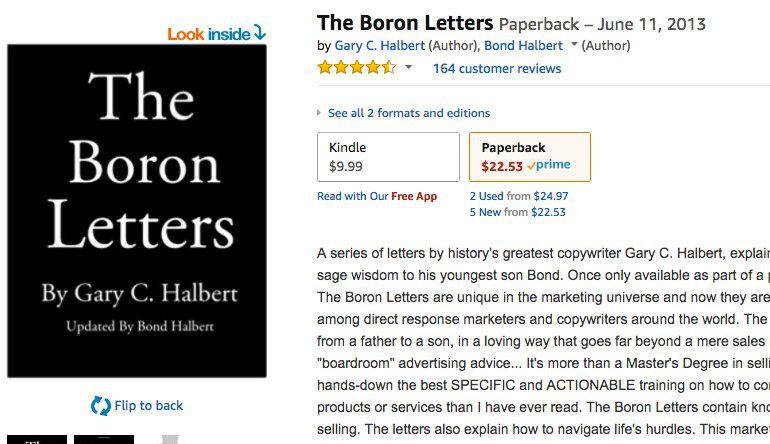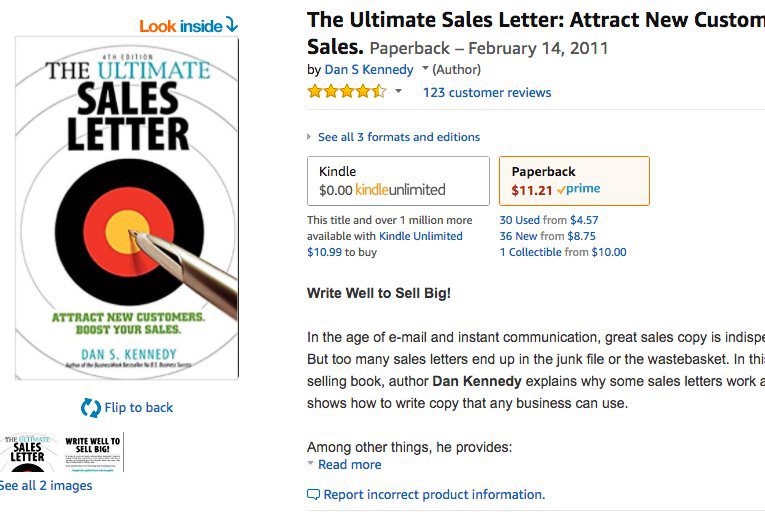Before diving in on talking to potential customers you should focus on creating a place where they can find out more about what you’re doing.
This can range from a PDF pitch deck, explainer video to full-blown website with fancy design.
Since at the early stages you should avoid investing too much time in fancy presentations, I’d recommend sticking to a simple one-page website in a sales letter format.
Two books I really like on this topic:
Why sales letter format?
Because at this point no one has most likely heard of you or your idea.
You’re looking to break a bunch of doubts someone might have when considering doing business with You.
Often people focus on describing the features they’ll be offering, but forget to mention the benefits the customer will get out of using their product.
Another way to think about this is to use a framework, an effective one is Pain/Dream/Solution which I’ve learned from @einarvollset.
In the case of the tool I’m building I’d look something like this:
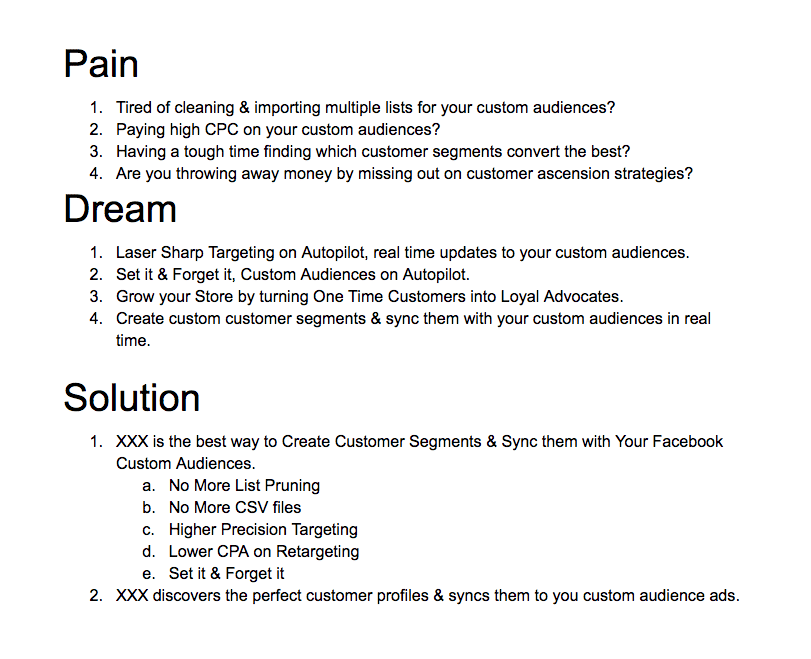
There’s a clear value proposition based on the way I’ve framed the problem I’m solving.
I’m a big proponent of attaching a price to your product as early as possible, otherwise, you’re introducing a lot of noise in your customer discovery conversations by including “window shoppers” thus wasting time on those won’t end up paying either way.
Pricing is a topic sooo complex that there are endless blog posts dedicated to it.
My take on it, established businesses don’t really nickel & dime when it comes to paying for services that add to their bottom line.
I spend around $1,500 a month on various SaaS software to run a small digital agency & bill my clients $xx,xxx monthly for services.
The only thing that’s worth mentioning here is the avg price of apps in the Shopify Apps store, from looking at around 100 I’d say it’s $5 to $40 on average.
A little low for my taste, let’s start with $30/mo & see how the conversation goes from there.

Now here’s where a lot of people get hung up, getting a website up & running.
You don’t need anything custom designed when starting out, I recommend going with a barebones Squarespace or little more advanced Unbounce website.
Since I already have an account at @Landingi, that’s what I’ll go with.
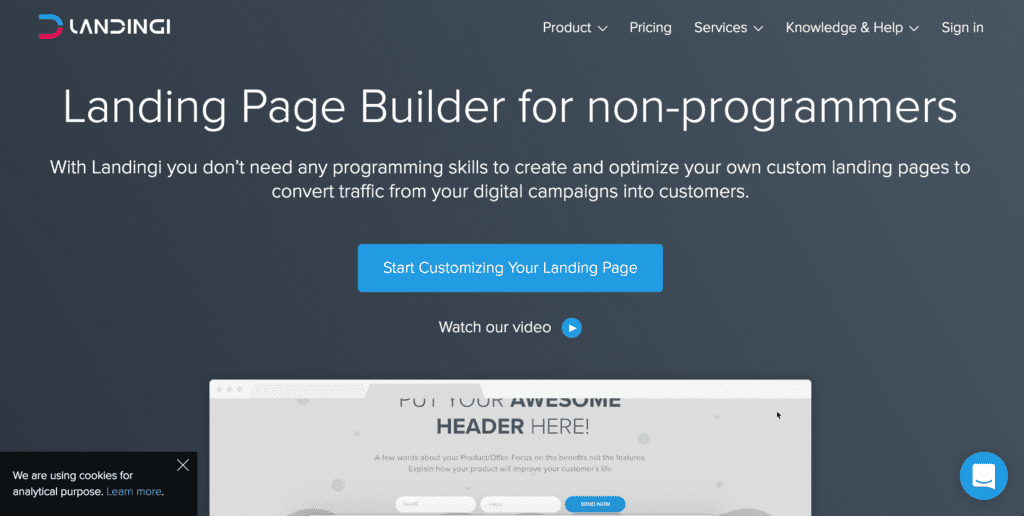
Here’s what I came up with:
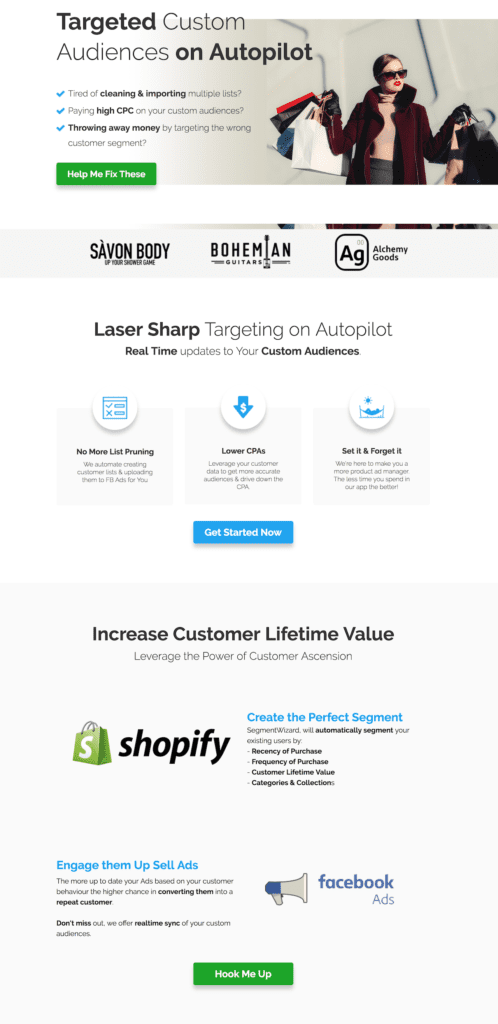
Ok, now that we have a website with the relevant copy on it, let’s find a domain name.
The reason I left it for last, is that I’ve fallen into the trap of registering domain names for new ideas with following through on them, now I have +20 domains just hanging out.
At the pre-customer stages I don’t really care about the name that much, you can always change it later.
As long as it’s relevant to what you’re doing & is somewhat short, that’s good enough.
In my case, since the tool does customer segmentation, I’m going to look for a domain that contains that word in the root domain.
Favorite tool I use for that comes from a recommendation by @walter it’s called leandomainsearch.com
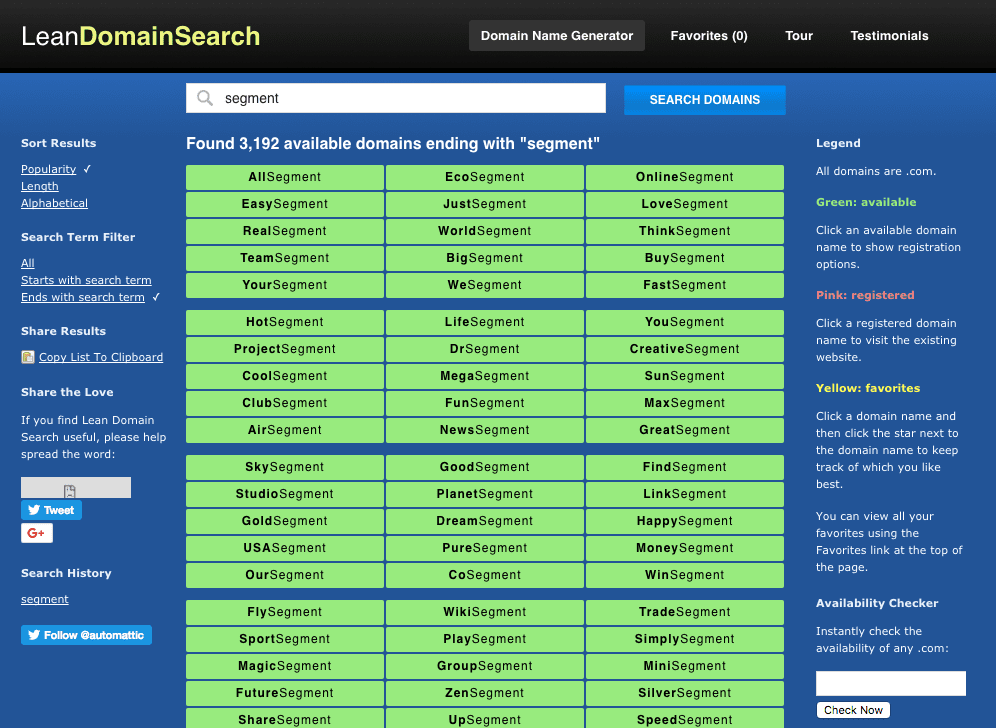
The initial list looks like this:
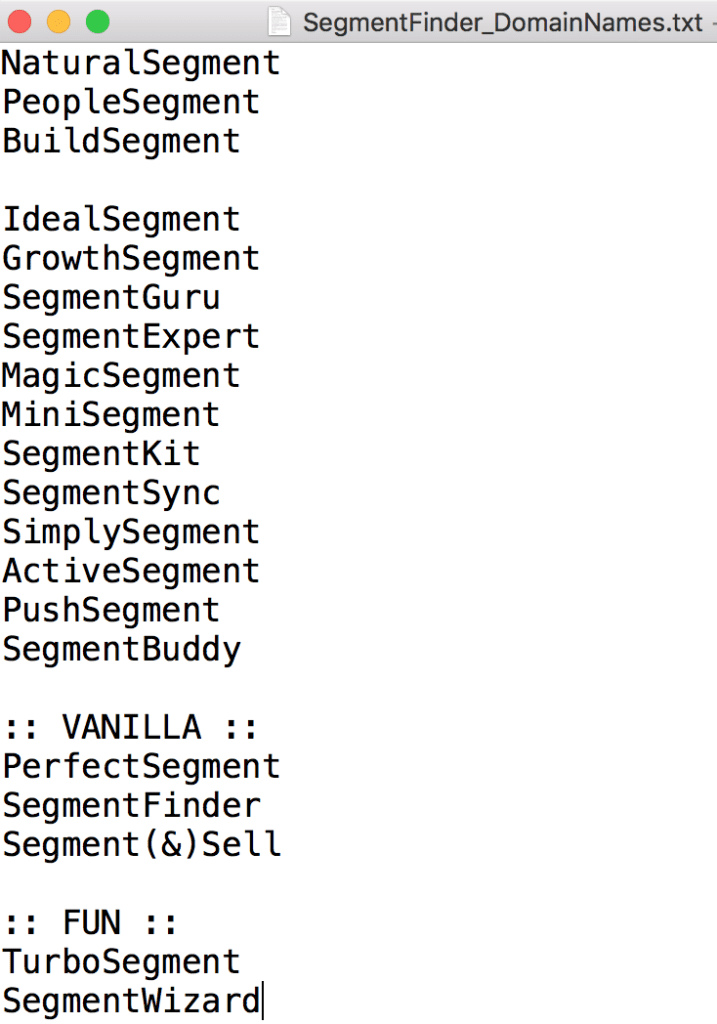
After asking a couple of friends, I decided to go with:
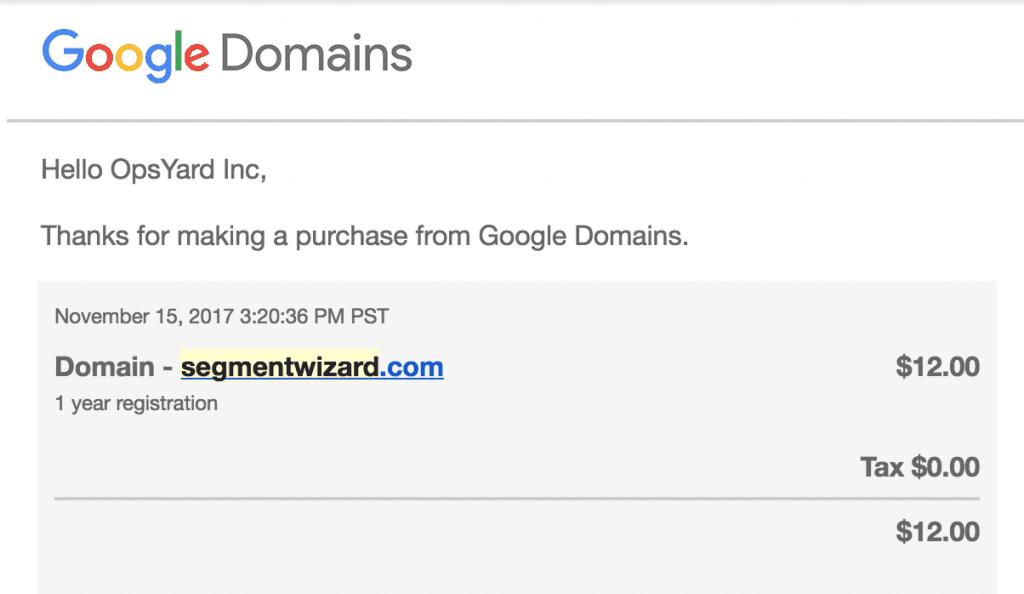
You can check out the current landing page at SegmentWizard.com
In the next blog post, we’ll be looking at how to get in touch with your potential customers & how to collect feedback that’ll help shape our initial Shopify App.
